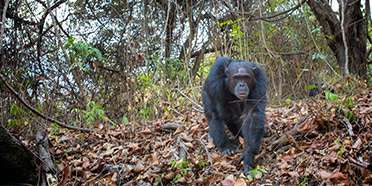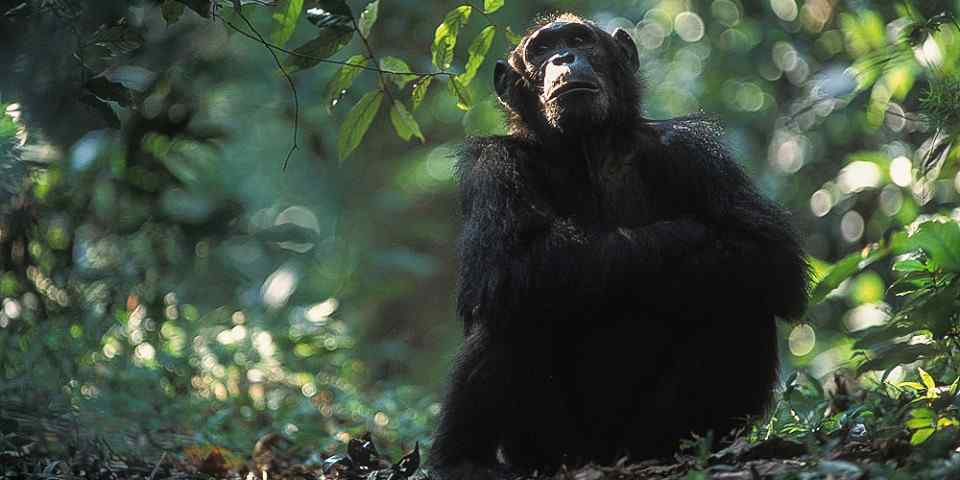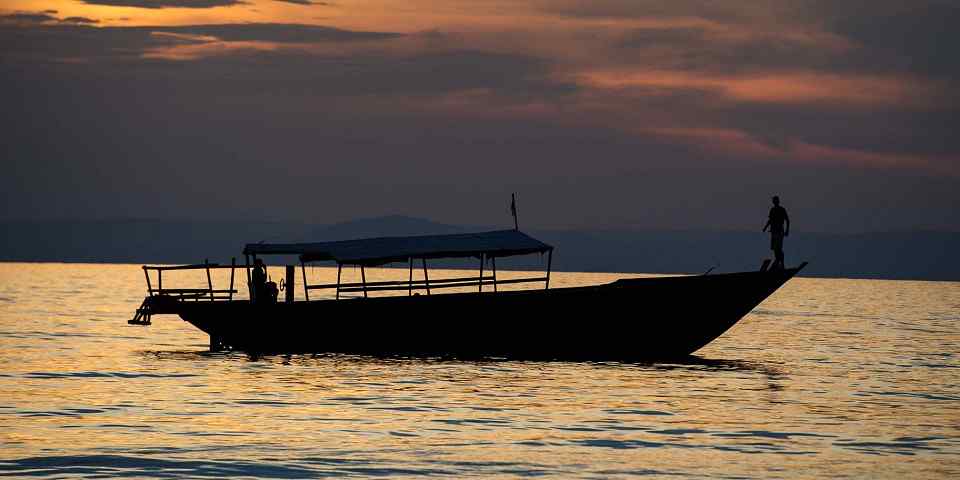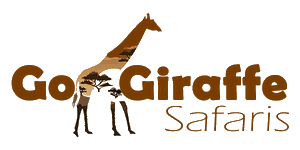
Safari Tours to Mahale Mountains NP
-
![9-Day Luxury Western Tanzania Chimp Trekking and Safari]()
9-Day Luxury Western Tanzania Chimp Trekking and Safari
$12,399 to $15,850 pp (USD)
Tanzania: Private tourLuxuryLodge & Tented Camp
You Visit: Arusha (Start), Katavi NP, Mahale Mountains NP, Arusha (End)

Wayfairer Travel
4.8/5 – 185 Reviews
-
![5-Day Mahale Chimpanzee Trekking and Romantic Getaways]()
5-Day Mahale Chimpanzee Trekking and Romantic Getaways
$1,953 pp (USD)
Tanzania: Private tourBudgetGuest House & Hotel
You Visit: Dar Es Salaam (Start), Mahale Mountains NP, Kigoma (Town), Dar Es Salaam (End)

Go Giraffe Safaris
5.0/5 – 24 Reviews
-
![22-Day Tanzania Southern & Northern Park Camping Safari]()
22-Day Tanzania Southern & Northern Park Camping Safari
$7,439 pp (USD)
Tanzania: Private tourBudgetCamping & Hotel
You Visit: Dar es Salaam (Start), Nyerere NP, Mikumi NP, Tungamalenga (Town), Ruaha NP, Mbeya (City), Sumbawanga (City), Katavi NP, Kigoma (Town), Mahale Mountains NP, Kibondo (Town), Mwanza (City), Serengeti NP, Ngorongoro Highlands, Ngorongoro Crater, Lake Manyara NP, Kilimanjaro Airport (End)

Ron Adventure
5.0/5 – 2 Reviews

 Tanzania Parks
Tanzania Parks













